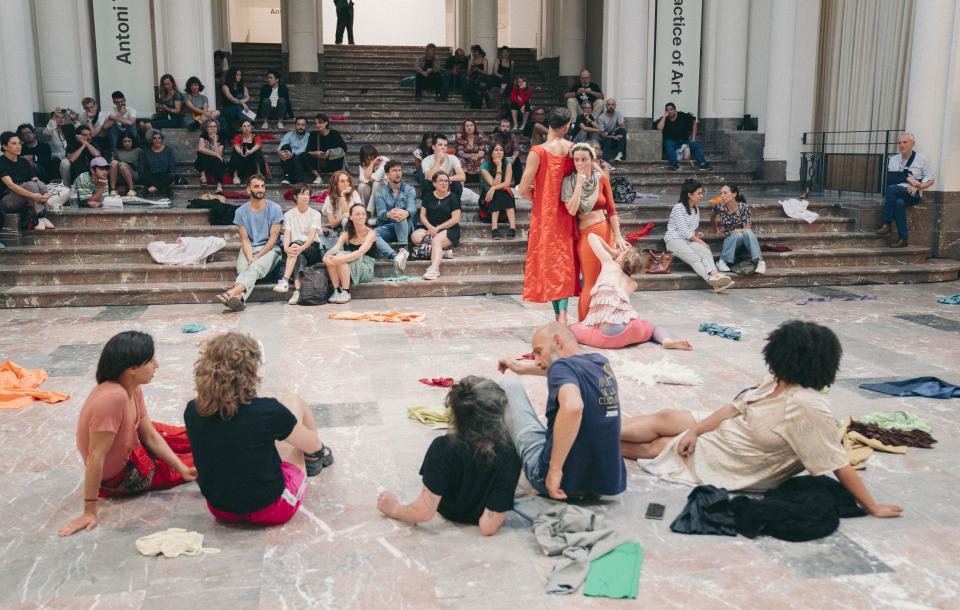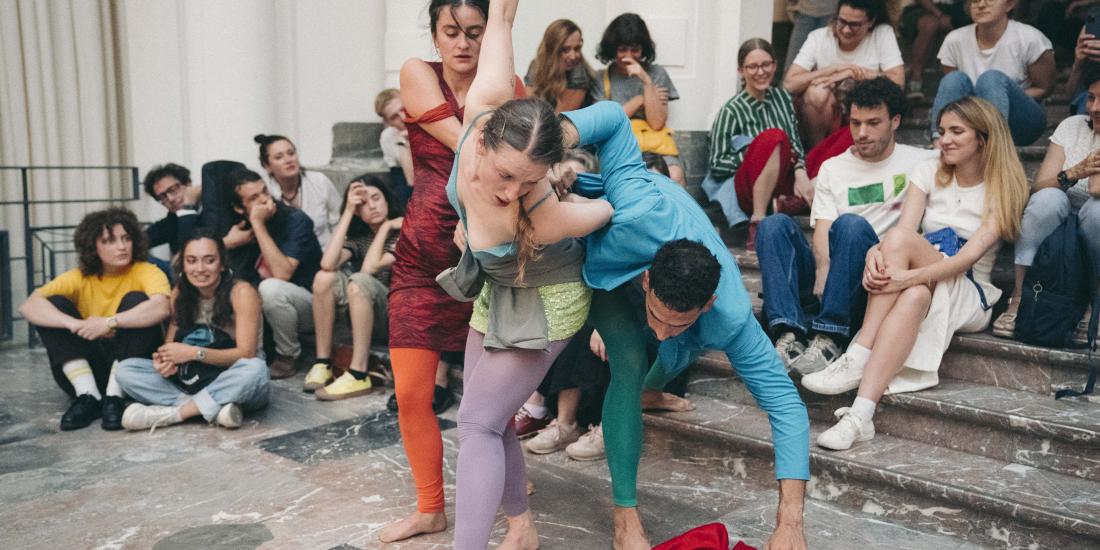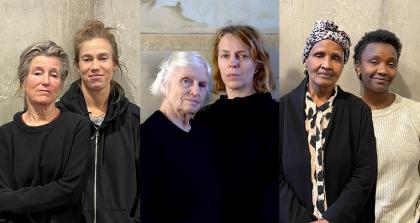Since last season, the All Over the P(a)lace nocturnes – held every last Thursday of the month – have been synonymous with festive, multidisciplinary and connecting happenings. They are spread across Bozar's various spaces, always with a central theme. “The idea is that every corner of the building – a veritable maze – vibrates and comes alive”, explains Paul Briottet, the new artistic right-hand man of CEO Christophe Slagmuylder who spent more than ten years in the opera world. “Everything needs to be set in motion, so to speak.”
“In contrast to a theatre, which brings together people in the same room, the audience can roam around the building relatively freely,” continues Briottet. “The public visits the exhibitions, participates in a talk, attends a screening or a reading, enjoys a drink in the Horta Hall, etc. That is, until the performances and DJ sets, which take place across the Palace, bring everyone together. Last season proved a fantastic opportunity for experimentation. Each nocturne basked in its own unique atmosphere, often linked to one of the ongoing exhibitions.”
Deicy Sanches, the French director and dancer with Cape Verdean roots, experienced one of these All Over the P(a)lace evenings first-hand during the opening of the Afropolitan festival. With Les Envahisseurs – a hip-hop dance collective she runs with her dancer and designer brother Teddy – she was asked to conjure up a multi-disciplinary evening of debates, screenings and performances in the various areas of Bozar. The evening ended with a DJ set.
She remembers, “one of the highlights of this performance was the feeling that the audience was very much present. The spectators were with us. They were actively present. The public was not in the posture often dictated by the institutional setting: quiet, silently observing. The institution and its architecture often impose codes and boundaries on everyone present. I got the impression that we had broken down that barrier. We used performance, improvisation and music in such a way that the audience felt compelled to dance with us. By the end of the evening, we were all dancing together!”

CYCLE OF PERFORMANCES
In the same vein, Bozar has now launched a new series of events to reinforce the role of performance art in the institution and introduce a dynamic dimension to the activities of the Palais by occupying a prominent position at the heart of the Horta Hall. Much like the Bozar All Over the P(a)lace events, this series of performances introduces movement back into Bozar and completes the artistic offering.
In the words of Paul Briottet, performance art is defined by the removal of boundaries between ‘performers’ and ‘spectators’, and by the demolition of the ‘fourth wall’ characteristic of theatre. Performance lies at the intersection of dance, theatre and visual arts.
He explains that “with performance art, we’re not trapped in an artistic approach based on the strict confines of the stage, bounded by a backdrop and supported with substantial technical resources. There are no mechanics that create a distance between the spectator and the action unfolding on stage. A performance establishes a more intimate – almost carnal – relationship between the spectators and performers, whereby they are drawn closer together.”
Another distinctive quality of performance art is that it is often created in situ, tailored to a given space and a privileged relationship with the public. “This makes it a unique experience in today’s world,” Briottet continues. “Here too, contrary to the theatrical experience, performance boasts a unique, almost exclusive – although not exclusionary – character that is lived in the present moment and never repeated in quite the same way.”
Additionally, the decision to use the Horta Hall for performances serves as a reminder of the history of a building conceived to bring many different art forms together, including performing arts. As Briottet explains, ‘as I was delving into the history of the building, I discovered that performance has been present from the outset. In 1929, Sergei Diaghilev inaugurated the Horta Hall with his Ballets Russes. To mark the opening of this season, the programme revives this historic tradition at the Centre for Fine Arts by inviting today’s artists to revisit existing creations or devise new works for the iconic Horta Hall. This innovative approach of uniting audiences and artists encourages visitors to examine the world differently.”
This ambition underpins the 24-25 season, which already boasts such names as Eszter Salamon, Boris Charmatz and Maria Hassabi.
Estelle Spoto




